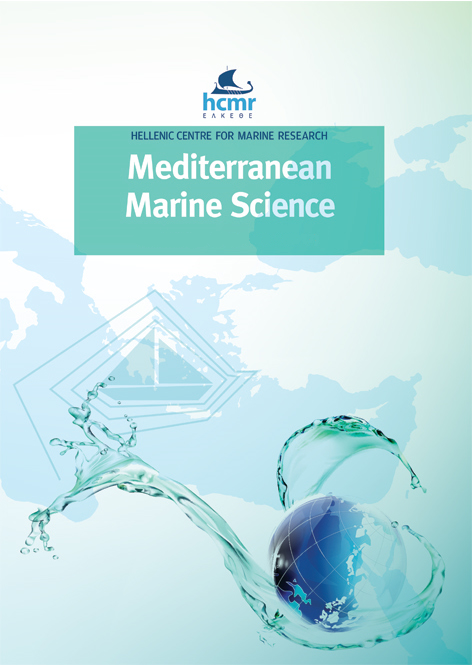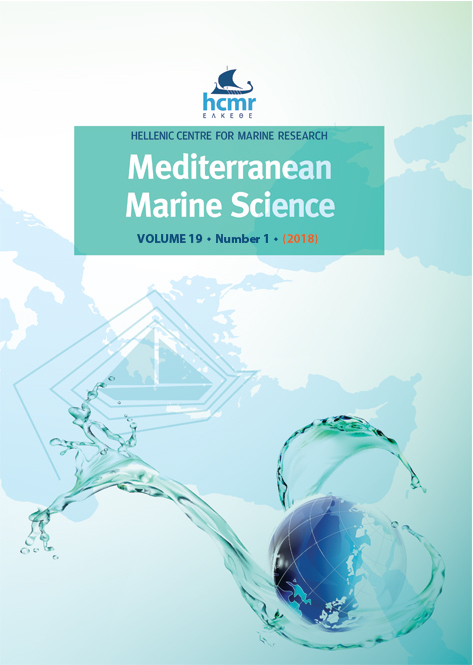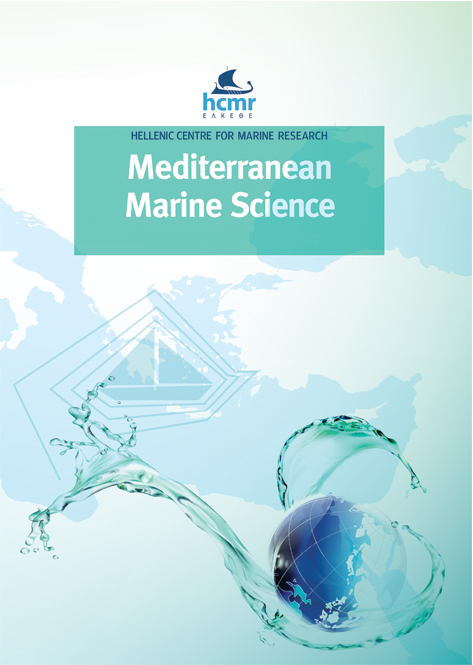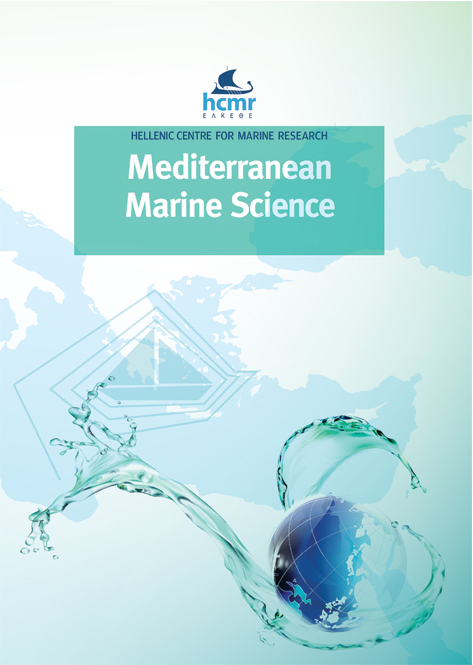Ecological Quality Status of the Algiers coastal waters by using macroalgae assemblages as bioindicators (Algeria, Mediterranean Sea)

Abstract
Macroalgae assemblages have been used as a quality element for the assessment of the Ecological Status Classes (ESC) of coastal water bodies for the implementation of the European Water Framework Directive (WFD, 2000/60/EC). To assess the suitability of this quality element in Algiers coasts, seven sampling sites with five (5) replications covering a wide range of anthropogenic pressures were studied during spring and summer 2015. Coverage data of macroalgae in each sampling site were analyzed on species, i.e., structural (species number, nMDS, clustering, K-dominance and Simper analysis on Bray–Curtis similarity) and on Ecological Status Groups, i.e., functional (nMDS, clustering, K-dominance, Ecological Evaluation Index/EEI-c) biological levels. Key water variables (temperature, salinity and pH) along with the anthropogenic stress index MALUSI were also estimated. The obtained results revealed a significant effect of anthropogenic stress in the macroalgal assemblages. The structural analysis showed: (1) species richness of 86 taxa in total, (2) dominance of Cystoseira amentacea var. stricta (late-successional) associated by Lithophyllum incrustans, and Jania rubens in non-impacted sites and of Ulva rigida, Ulva intestinalis and Caulerpa cylindracea (opportunistic) species in impacted sites, and (3) record a higher proportion of low abundance of species in polluted communities than in less polluted communities. The functional analysis showed: (1) classification of sites based on multivariate and K-dominance analyses in four groups, three in agreement with water degradation, and one for low salinity influence, (2) classification of sites into “Bad”, ”High”, “Moderate” and “Good” ESC’s by EEI-c index, (3) a strong non-linear relationship (R²=0.85) of EEI-c index with MALUSI index. Therefore, to implement a national monitoring program within the scope WFD in Algeria coasts, the EEI-c index will be a suitable tool.
Article Details
- How to Cite
-
CHABANE, K., BAHBAH, L., & SERIDI, H. (2018). Ecological Quality Status of the Algiers coastal waters by using macroalgae assemblages as bioindicators (Algeria, Mediterranean Sea). Mediterranean Marine Science, 19(2), 305–315. https://doi.org/10.12681/mms.15951
- Issue
- Vol. 19 No. 2 (2018)
- Section
- Research Article
Authors who publish with this journal agree to the following terms:
- Authors retain copyright and grant the journal right of first publication with the work simultaneously licensed under a Creative Commons Attribution Non-Commercial License that allows others to share the work with an acknowledgement of the work's authorship and initial publication in this journal.
- Authors are able to enter into separate, additional contractual arrangements for the non-exclusive distribution of the journal's published version of the work (e.g. post it to an institutional repository or publish it in a book), with an acknowledgement of its initial publication in this journal.
- Authors are permitted and encouraged to post their work online (preferably in institutional repositories or on their website) prior to and during the submission process, as it can lead to productive exchanges, as well as earlier and greater citation of published work (See The Effect of Open Access).







